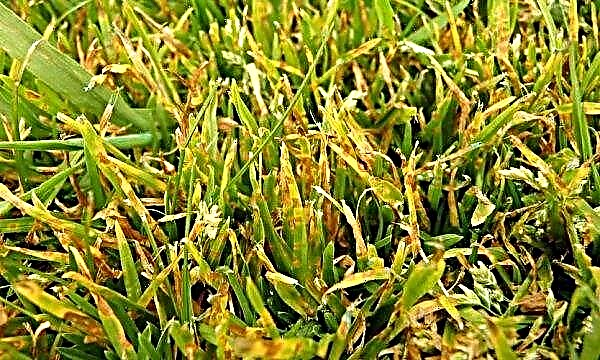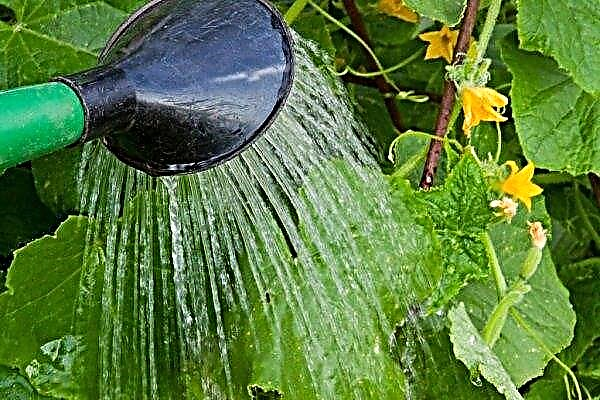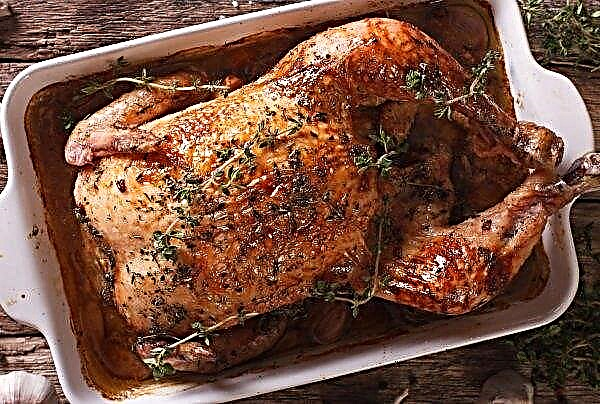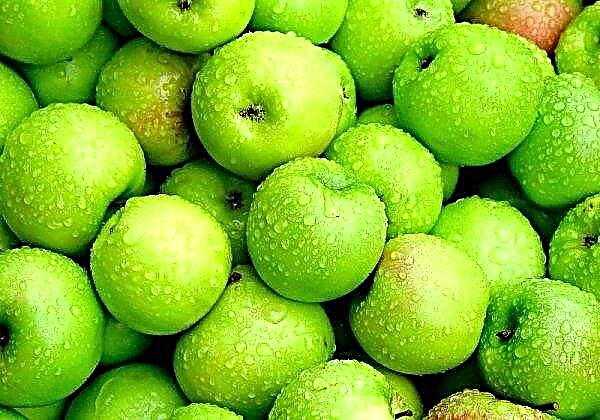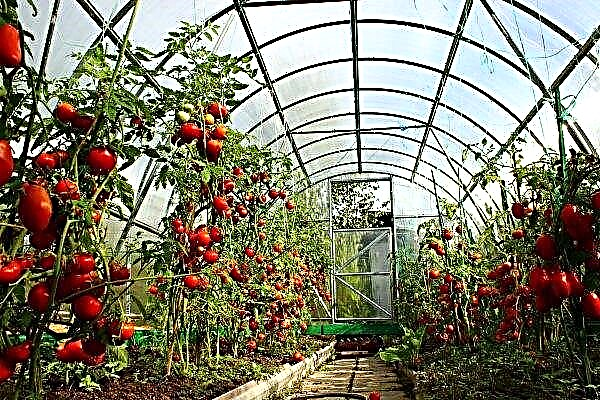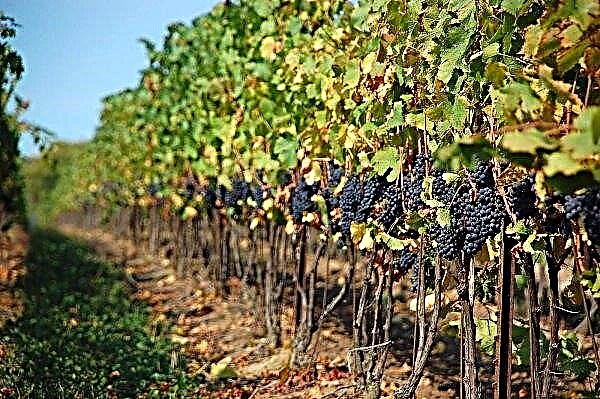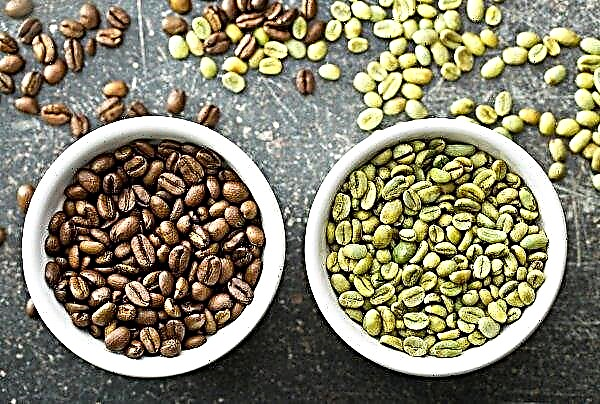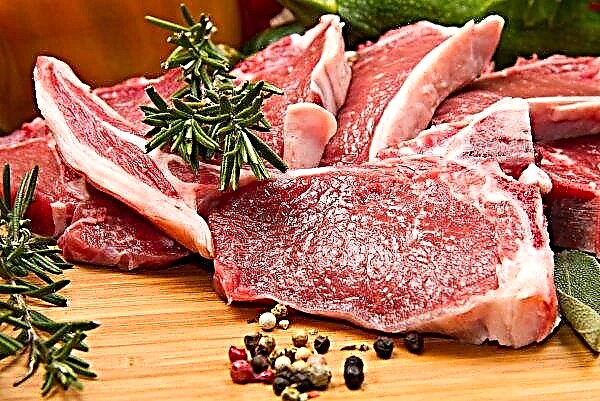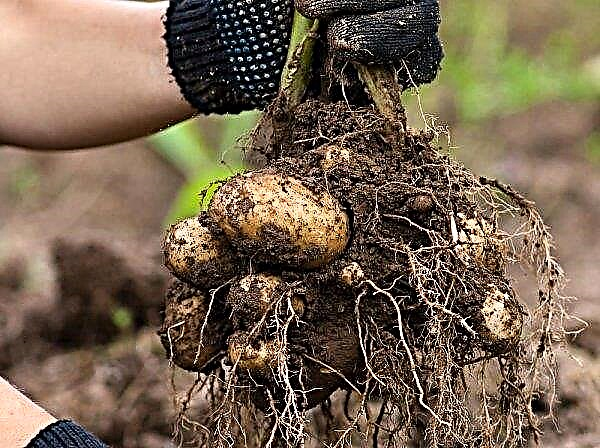Nowadays, more and more entrepreneurs are thinking about creating ostrich farms. There are many prerequisites for this: ostrich meat is considered dietary (contains more protein than beef, and has almost no fat); feathers are used in arts and crafts, the design industry; the tendons of these birds have found application in transplantology. But since ostriches are exotic for European countries, you should carefully study the specifics of their feeding and maintenance, before proceeding to breeding.
What do ostriches eat in nature?
The ostrich lives in savannahs and semi-deserts, and the features of its diet follow from this.
Wild birds feed on:
- creeping plants (for example, Bermuda grass);
- fruits of baobab and medlar-like persimmon;
- grains and seeds;
- leaves and branches of shrubs;
- insects and small reptiles.
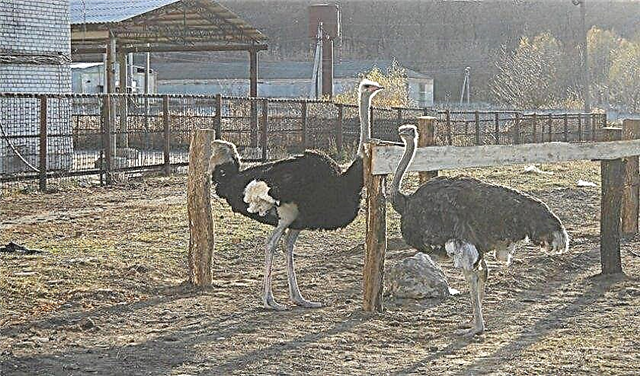 Ostriches are omnivores and eat a large amount of food per day, which is necessary for fast running and active metabolism (about 4 kg). They have no goiter, and there is also a powerful stomach and a reliable, long intestine, which contributes to the maximum extraction of nutrients from roughage.
Ostriches are omnivores and eat a large amount of food per day, which is necessary for fast running and active metabolism (about 4 kg). They have no goiter, and there is also a powerful stomach and a reliable, long intestine, which contributes to the maximum extraction of nutrients from roughage.Did you know? The modern natural habitat zone of the world's largest birds is Africa. The Middle Eastern subspecies is considered extinct since 1966. The cassowary emu birds living in Australia and the South American nanda are not really ostriches, although many people mistakenly call them.
How to feed at home
Feeding systems range from intensive (keeping in open-air cages and lack of pasture) to extensive (keeping on a walk all year, except winter). Which system to purchase, how many times a day to give food, and which buildings will need to be built depends on the chosen system, as well as on the age of the birds and the time of year.
Let us consider in more detail the nuances of feeding different age categories.
Adult ostriches
2 adults are fed–3 times a day with intensive and 1 time per day with walking content. Living on a farm, ostriches require less food than in the wild, due to less energy. Daily intake reaches 2.5–3 kg
The basis of the diet is hay and green feed:
- alfalfa;
- rape;
- nettle;
- clover;
- dandelion stalks;
- spinach;
- corn;
- oats.
 Vegetables are also suitable:
Vegetables are also suitable:- pumpkin;
- turnip;
- beet;
- carrot;
- soya beans.
Important! We should not forget about the drinking regimen. Being an African bird, the ostrich, however, loves water and can consume up to 10 liters per day, depending on weather conditions and the composition of the diet. It is best to use a car drinker, and organize a pasture near natural water resources.
As food additives should be present:
- chalk, limestone, crushed shells (sources of calcium);
- river sand and gravel (promote digestion);
- meat and bone meal (rich in protein and minerals);
- hydrolysis yeast;
- salt (0.7 g per day)
Sour-milk products and boiled eggs perfectly complement the diet. It is better to give chopped fish, in the form of flour and in small quantities, otherwise the meat will have an unpleasant aroma.
Ostrich
First 2–4 days after hatching, newborns do not need food - they receive nutrients from the yolk sac, which is almost half their weight. Later, the sac along with the umbilical cord disappears, but this can happen at any time, therefore, from the very first days, ostriches should have access to food and water. Newborns eat 3-4 times a day, and at will, and not according to a clear regimen, and in those quantities that they want.
Newborns eat 3-4 times a day, and at will, and not according to a clear regimen, and in those quantities that they want.
The diet includes:
- liquid mixers from concentrates and chopped alfalfa;
- vegetables;
- fruits;
- chopped boiled eggs;
- ground shell rock (very important for the formation of the skeleton).
The gastrointestinal tract of ostriches is still not able to digest coarse-fiber fodder, so they are not allowed to go to pasture for up to 4 months.
Important! Newborn ostriches should not be allowed to peck their parents' excrement, this can lead to helminth infection.
Power Features
For proper functioning of the body and maintaining high meat and egg productivity, ostriches need a diet balanced by BJU and a sufficient supply of vitamins and minerals.
Particularly important are B vitamins and biotin, premixes with which are usually added to food (5 g per individual). To avoid hypervitaminosis, you should carefully draw up a diet, analyzing whether the birds have enough nutrients.
Vitamin supplements will come in handy in the winter, amid a shortage of green juicy herbs. Well-proven drugs Strusmix, Miavit. Mentioning vitamin top dressing in the cold season, it is worth saying a few words about the features of nutrition, depending on the season.
Mentioning vitamin top dressing in the cold season, it is worth saying a few words about the features of nutrition, depending on the season.
In summer
In the warm season, ostriches feed mainly on fresh herbs, crops (rye, wheat, millet, corn), sunflower seeds, juicy root crops (carrots, onions, cucumbers), as well as watermelons and melons.
In the autumn-winter period
The basis of the diet is hay and grass meal, harvested from the summer (alfalfa, fescue, bluegrass, clover, sainfoin). They also give compound feeds, vegetables (beets, pumpkin, carrots), dairy products, vitamin and mineral supplements.
What you can not feed ostriches
They are omnivores, but there are foods that they should avoid.
This is in particular:
- potatoes and cabbage (cause digestive disorders)
- parsley (for the same reason);
- milk (due to lack of necessary enzymes for digestion);
- wet and dirty leaves and grass, which can lead to gastrointestinal diseases.
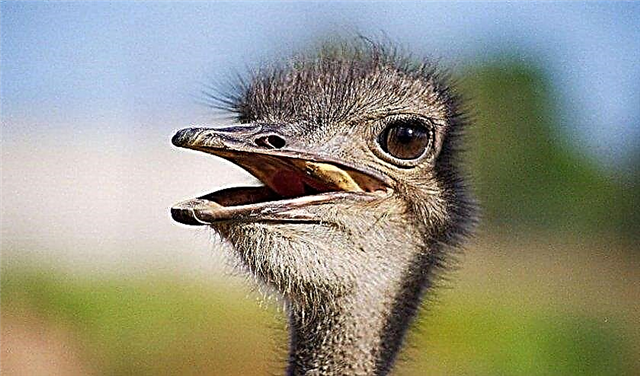 You should not overfeed the birds, otherwise they will lose their egg productivity, and the quality of the meat will deteriorate.
You should not overfeed the birds, otherwise they will lose their egg productivity, and the quality of the meat will deteriorate.Did you know? Ostriches like to swallow small shiny objects. In South Africa, a case of ingestion of 53 precious stones by an ostrich wandering into diamond mines was recorded.
Basic rules for keeping ostriches
For effective breeding of ostriches, not only what they eat matters, but also comfortable conditions of keeping:
- One of the most important aspects is having enough space for walking. The desire of these birds to move is determined genetically, so in close cages they will be uncomfortable. The area of the house should be at least 10 square meters. meters per head, from the bird’s head to the ceiling should be at least a meter (to avoid injury). On the floor you need a bed of straw. The area for the outdoor enclosure should be 8 ostriches per 1 ha. Walking areas should be fenced with a grid at least 2 meters high.
- PurityAs you know, the guarantee of health and ostriches is fully applicable, which means that daily cleaning, clean drinking bowls and feeders, and the absence of rodents and parasites in the house are necessary.
- Air temperature for these habitual heat birds should not fall below 18–24 ° C and humidity – not exceed 40–60%.
- Ostrich does not like drafts, he needs a quality ventilation system.
- No noise is another important factor. The farm should be located away from motorways and railways. Noise – too much stress for these birds, because of it, females can stop laying eggs.

Useful Tips for Beginners
In breeding ostriches there are some details, remembering which, a novice in this type of entrepreneurship will be more successful:
- The farm is best located in an area with forest belts to protect against wind.
- Feeding troughs and other objects should not have openings comparable in size to the volume of the ostrich's head. If a bird sticks its head into the hole, then it immediately forgets how it did it. Serious injuries can result.
- Do not cover ostriches in the house for the whole winter. They are quite capable of withstanding walks in light frost.
- A blow to the head for a bird can be critical, so you need to make sure that this does not happen.
- In no case should feeders and drinkers be rusty. Rust releases toxins into food and drink.
- Ostriches are not at all as timid and timid as many think. The males are quite aggressive, especially during hatching of masonry (and males and females hatch it in turn during the day). Therefore, you need to approach them carefully, without making sudden movements.
- Young growth cannot be lifted by wings. Young birds should be held by the chest and back.
- Farm workers caring for birds should be permanent - frequently changing faces disorient birds, creating a stressful situation.
- Ostriches are best perceived by granular crops, not flour or bran.
- Alfalfa stalks are not used in feeding young animals, only leaves. The stems are too heavy to digest.
 Ostrich breeding is a promising agricultural sector, because they provide not only meat, but also egg products, as well as feathers. These birds, in general, are omnivorous and unpretentious. Keeping and feeding them is not difficult if you keep in mind some of the important points highlighted in this article.
Ostrich breeding is a promising agricultural sector, because they provide not only meat, but also egg products, as well as feathers. These birds, in general, are omnivorous and unpretentious. Keeping and feeding them is not difficult if you keep in mind some of the important points highlighted in this article.


